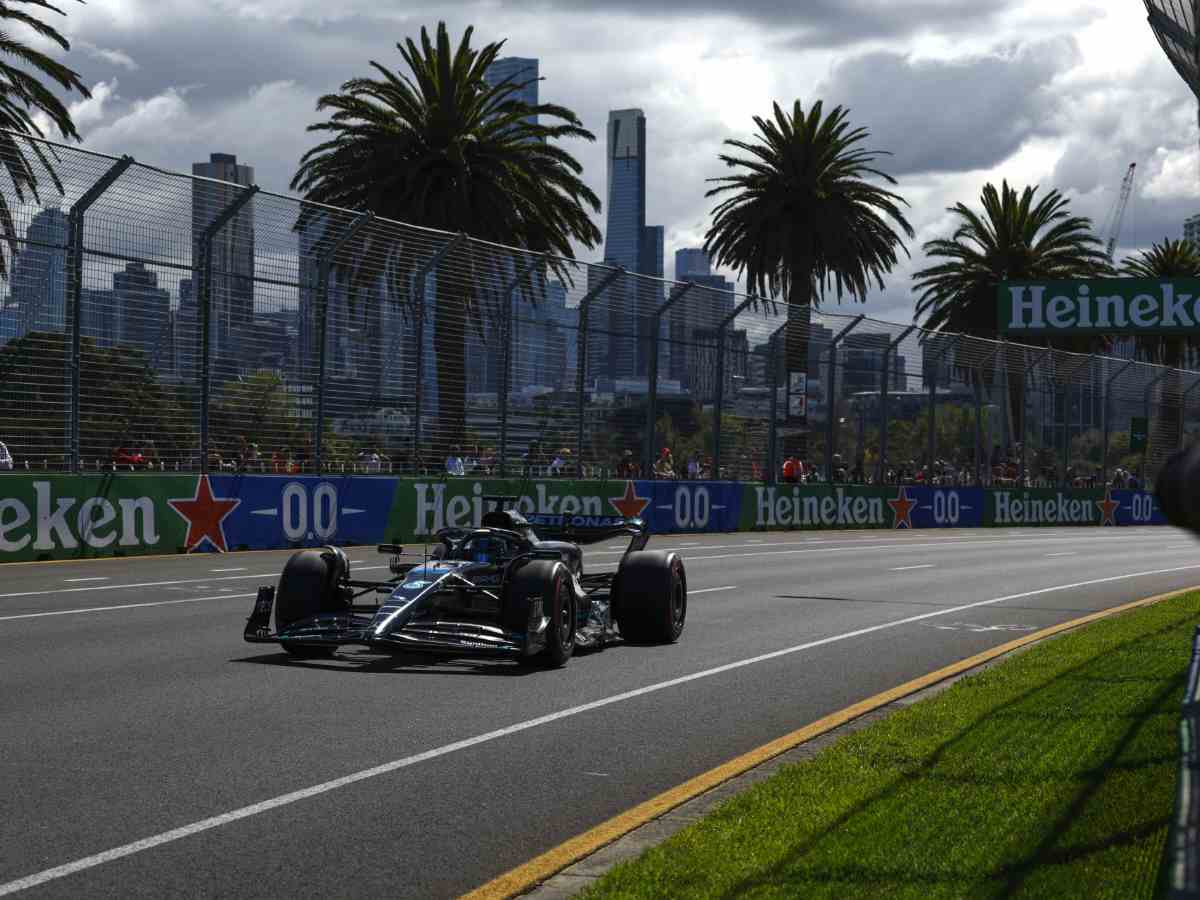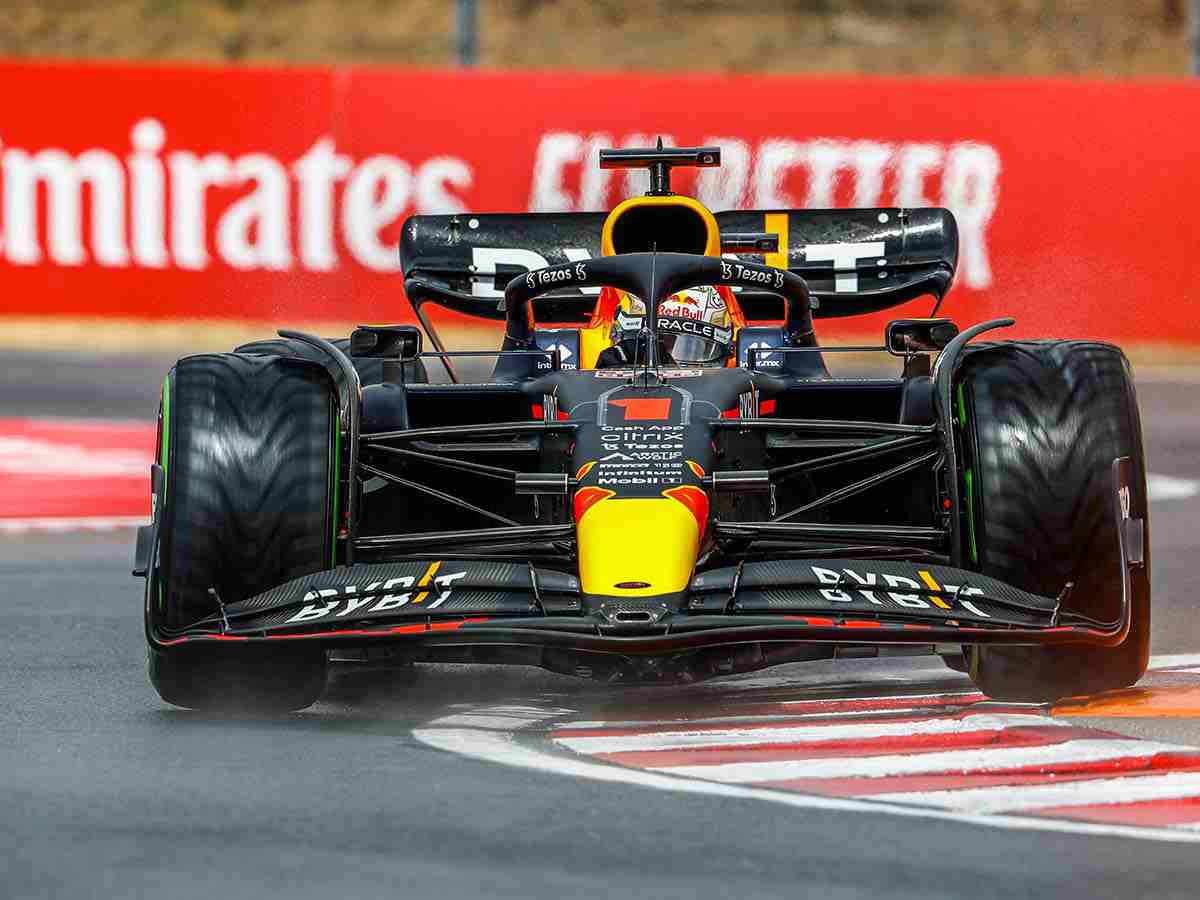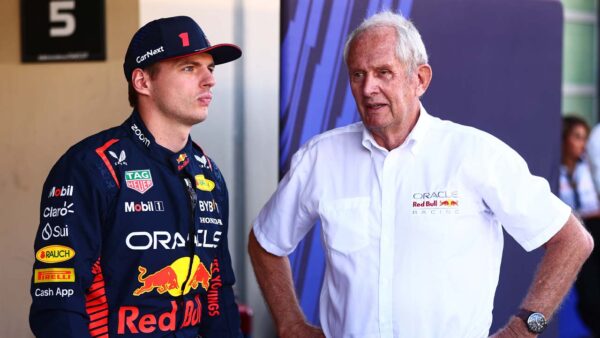Mercedes’ James Allison slams F1 cost cap for hampering car development
James Allison Highlights longer delays in translating wind tunnel progress into manufacturing.

Mercedes W14 (Credits: Racefans)
Since the FIA, which oversees motor racing, introduced the Formula 1 cost cap in 2021, it has become a big part of the championship. This cost cap was put in place to even out the competition and make sure there were enough teams in the races. While this has made the middle of the pack more competitive, it has also made it harder for teams to improve their cars and catch up if they start slow.
Recently Mercedes’ technical director James Allison expressed the wind tunnel plays a crucial role in determining the car’s performance. He noted that the wind tunnel leads the way for the car’s development, with the time it takes to transfer wind tunnel data to the design office and then to manufacturing is the key factor.
In the past, when there were no cost caps, the process of taking wind tunnel findings and turning them into actual parts happened frequently, almost every other day. This quick cycle of designing and building minimized the delay between wind tunnel progress and on-track performance to just a few weeks.
“The lag between what the car sees and what the wind tunnel is doing is how quickly you can drop the wind tunnel geometry into the design office. Back in the day, when cost cap wasn’t there, then you could drop those things out the wind tunnel pretty much every other day, and people would furiously design them and then you’d furiously build them,” Allison told Autosport.
Also read: Lewis Hamilton claims F1 teams will deliberately breach the cost cap due to the feeble fines
Formula 1’s financial rules aim to level the playing field

In a landmark move, Formula 1 introduced its inaugural set of financial regulations for the 2021 season, driven by the aspiration to foster a heightened sense of competitiveness within the championship. Historically, certain teams had been recognized for their staggering annual budgets, often surpassing the $400 million mark.
The overarching objective behind these regulations was to establish a framework to mitigate disparities between teams by placing constraints on their expenditure. This measure aimed to cultivate a fairer competitive landscape, enabling modestly-resourced teams to engage on an equitable footing with their counterparts blessed with substantial financial resources.
Amid an end-of-season stir, the FIA found Red Bull guilty of “minor” overspending their 2021 budget of $145 million. This revelation coincided with Verstappen’s 2022 title victory, igniting a major controversy. Red Bull faced the consequences: a $7 million fine and a 10% reduction in 2023 aero testing. Team Principal Christian Horner, however, maintained the overspending didn’t impact performance.
In case you missed it:
- Ralf Schumacher urges Nico Hulkenberg to ditch Haas F1
- Danica Patrick allegedly made sexist and misogynistic comments about women in motorsport







